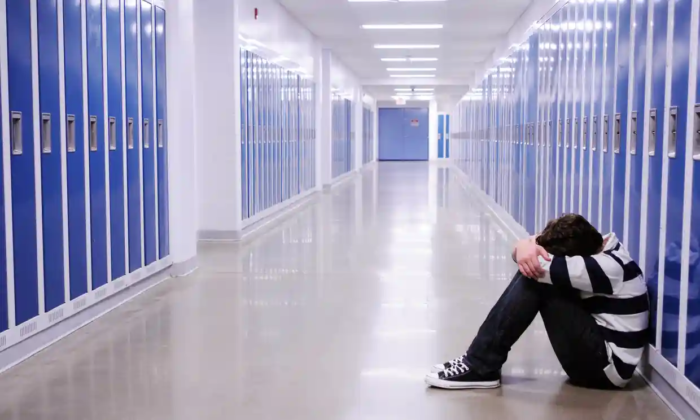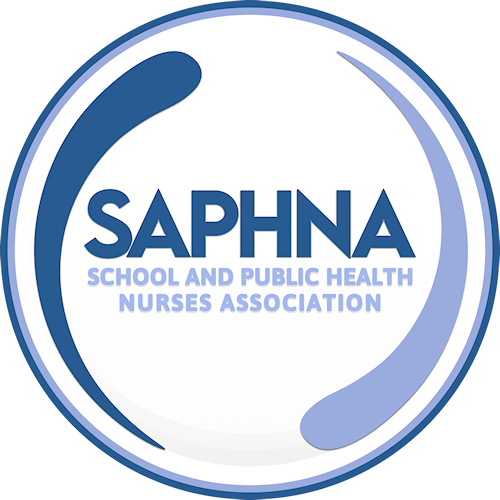Teachers in England left to support at-risk children after social services cuts
22 January 2024
SAPHNA was asked to comment on the concerns from schools about the rising number of children in complex situations who require safeguarding or might be considered children in need. The article highlighted the reduced capacity across systems and how this is contributing to perceived inadequate responses from social care and in turn leaving schools and school nurse holding children in these circumstances and trying to support them.
Ensuring the children have access to the right support, at the right time, from the right service(s) is essential to good outcomes. SAPHNA are working with OHID and NHS England to consider the implications of the revised Working Together guidance which widens lead practitioner role beyond social workers to a range of other practitioners including school nurses and staff working in schools. The revised guidance stipulates that when considered which practitioner is best to take on the lead role that he needs of the child and their family must be considered to ensure the lead practitioner has the time required to undertake the role. And, the lead practitioner should have the skills, knowledge, competence, and experience to work effectively with the child and their family. In addition, the lead practitioner must be provided with a good quality supervision.
SAPHNA has escalated the concerns about capacity and the toll that managing children on plans is taking on the profession. That isn’t to say that this is not important work however the involvement of the school nurse needs to be appropriate. School nursing time needs to be used effectively and efficiently, ensuring that their specialist public health skills are used to safeguard children through promotion, protection, and early intervention. To achieve this, we must ensure that school nurse capacity is not totally consumed at the time acute end of safeguarding – child protection and child in need. We are working collaboratively with the Association of Directors of Public Health and the Institute of Health Visiting to write a position statement which outlines the role of SCPHN in the wider safeguarding agenda and their contribution to child in need and child protection processes.
SAPHNA is interested in hearing examples from practice across the whole continuum of safeguarding, from promotion, prevention, early intervention through to child in need and protection. We would like to hear about what’s working well and where the challenges are. Please email info@saphna.co if you have case examples to share, this must be anonymised.





